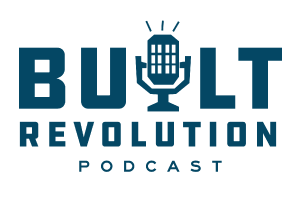Welcome to Episode 1 of Continuum Advisory Group's Strategy Miniseries. In this series, we discuss…
E/C/F and Competition: Benchmarking
The purpose of owner E/C/F (Engineering, Construction, and Facilities) teams may seem obvious: build stuff so that business happens. You wouldn’t be wrong, in the same way that a computer’s purpose is to “do math fast.” The strategic benefits of that team can be harder to identify. Continuum Advisory Group recently completed a study to uncover these benefits and interview people changing the relationship between E/C/F and the internal clients they serve. Above all, we want to show others how. In this blog series, we’ll be exploring the results of the study in greater depth. Each blog post is focused on one of the eight identified themes from our interviews with 35 diverse corporations.
In our previous installment, we looked inward. We talked about knowing what individuals can contribute, of taking inventory and articulating value. Today we’ll continue some of the navel-gazing, but we’ll also look outward at your competition. Let’s learn how to benchmark.
Know Yourself
Benchmarking does start internally. A large struggle of E/C/F teams is gaining a seat at the strategic table, a place in the boardroom with the numbers people and decision-makers. That does require an ability to articulate the strategic value of your department in solving business needs.
Our interviewees emphasized the importance of metrics. You should measure yourself against previous successes, both your own and those of other departments. But internal benchmarking is inherently limited, because those successes are won with existing rules and thought processes. If you want benchmarking to create breakthroughs, you need to look outward.
Know Your Enemy
Like it or not, the marketplace is a competitive space. You need to take a serious look at where you stand in relation to your competitors. W. Darin Moody of Eli Lilly emphasized their constant efforts to be the best, and that they always want to know “where we stand in relation to our competitors.”
So why benchmark externally versus internally? For one, change becomes less incremental. Instead of refining old tricks, you gain inspiration and develop new ones. Your arsenal becomes diversified, and you step back into the marketplace better equipped.
If you want to read more about how to turn your E/C/F department into a strategic powerhouse, check out our full study here.

